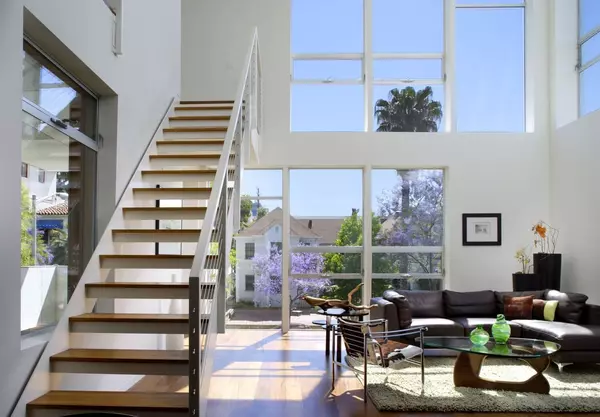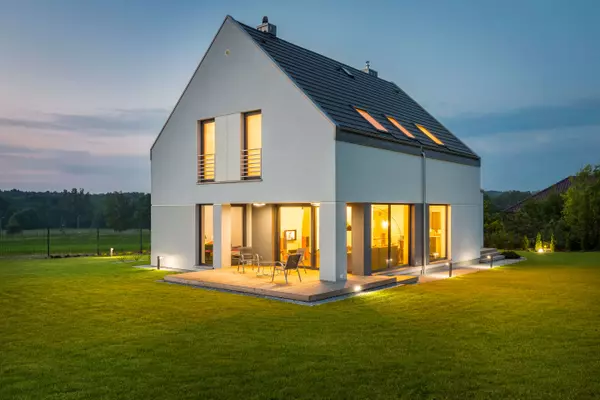New home price premium hits record low
Monthly payments for new and existing homes are now nearly equal, amid a trend of stagnating prices and increased use of mortgage buydowns among builders.
That was one of the main findings from Realtor.com’s Q3 New Construction Report. According to the report, buyers purchasing a new home last quarter had an average mortgage payment only about $30 more per month than those buying an existing home — with less money down.
This is because, as softening market conditions have stalled new-home sales pace in more and more markets, the pricing gap between new and existing homes is shrinking, and buyers purchasing new homes receive larger rate breaks due to higher builder incentives.
New home prices are stagnating
Nationally, the median listing price for newly built homes in Q3 was $451,337, a year-over-year increase of +0.2% and a decline of 4.0% from the 2022 peak. At the same time, existing-home prices, remaining “sticky-high” thanks in part to so many current owners feeling “locked-in” to historically low interest rates, increased 1.6% annually to $409,667, 3.9% above Q3 2022.
New home prices have stagnated, in part because builders are working through excess inventory in specific markets and need to price to sell. Builders are eager to sell, and much new construction also takes place on the outskirts of metropolitan areas, away from city centers and in less premium regions.
Some of the decline from 2022 can also be attributed to regional differences. Home prices peaked in some rapidly growing “pandemic boomtowns” like Austin and Boise in 2022, and have since come down.
Additionally, new homes, while larger than existing homes, tend to be slightly smaller than they used to be as builders aim to address affordability.
“That’s just kind of a reflection of builders wanting to offer lower dollar inventory that’s more accessible to folks,” said Realtor.com Senior Economist Joel Berner.
According to Berner, the average square footage for an existing home is about 1,700 to 1,800 square feet, while new homes average 2,000 square feet. Adjusted for median price per square foot, existing homes now edge out new construction slightly, signaling that newly built homes are now a better deal for buyers.
New home premiums are heightened in the Northeast and Midwest
New homes are at a premium in the Northeast and Midwest, due to relatively low supply. Meanwhile, the South and West, where new homes are much more prevalent, offer builders a disadvantage. While the median price per square foot for new homes remains elevated in the Northeast and Midwest, the opposite is true in the South and West.

“There’s a lot of new developments where pretty small, affordable homes are what’s being built. That’s just not the product being offered in the Northeast right now, because it’s more difficult to build, and you need a much higher margin,” Berner said. “In some of those markets, especially in the northeast, zoning regulations are really strict. Land is really expensive. [New construction] just is not easy to do, so when it does happen, it has to happen at a much higher price point.
Berner pointed to New Haven, CT, as a prime example, where the average new home is about three to four times more expensive than existing homes. On the other side of the spectrum, new homes in Austin are cheaper than existing houses, and there are challenges for builders in many other Sunbelt markets, such as San Antonio, Nashville, and certain Florida metro areas.
Builders use higher incentives to sell homes
New home buyers are also paying lower mortgage rates than those purchasing existing homes, as mortgage rate buydowns and below-market financing are the most prevalent builder incentives. Last quarter, the average mortgage rate for newly constructed homes was 5.27%, compared with 6.26% for existing-home buyers.
This 99-basis point gap is the widest it has been in recent years, partially because builders were forced to use increased incentives to sell an excess level of supply, especially of spec homes.
“If mortgage rates continue to come down, then the mortgage rate buydown is less sexy of a marketing tool, so it just probably wouldn’t be used as much,” said Realtor.com Senior Economist Joel Berner.
Down payments for new homes, averaging 15.7%, were also lower than 17.8% for existing-home buyers. This is a reversal from historical norms.
The use of higher incentives among builders could also be partially tied to psychology, Berner said.
“When you have an inventory of 1,000 homes you’ve got to sell, it’s just doing business. When it’s your home, and you’re selling it, you really don’t want to cut that price,” he explained. “Builders just want to sell that inventory quicker than maybe some owners of these existing homes.”
Categories
Recent Posts











